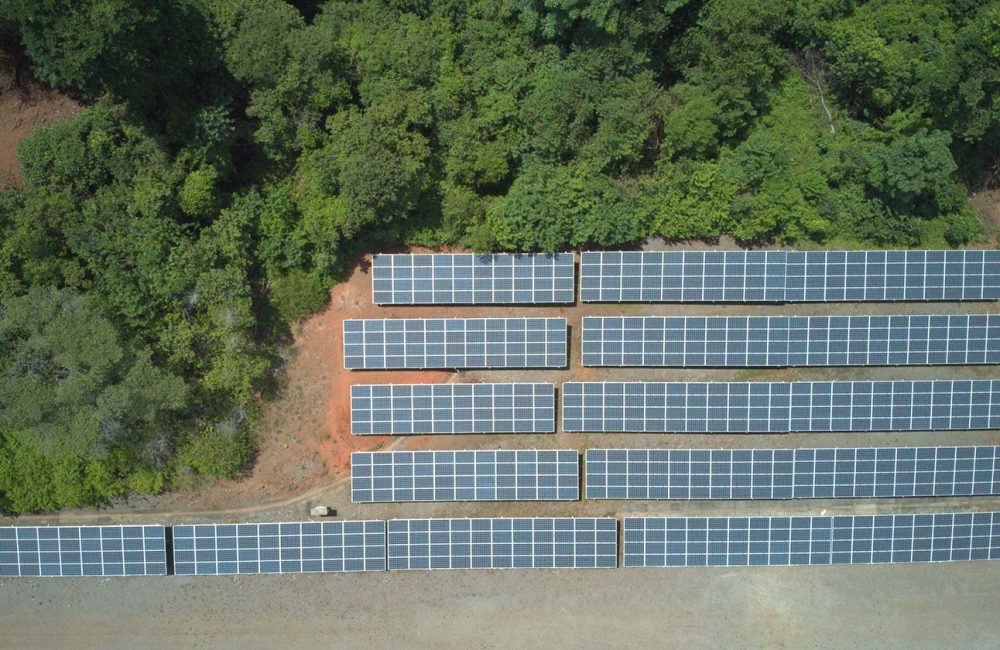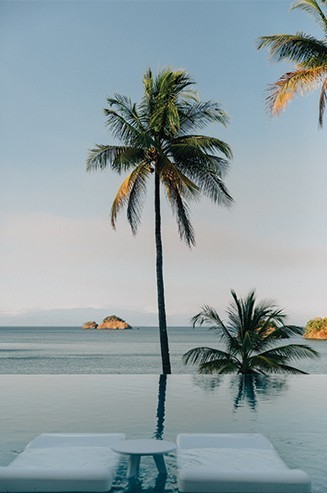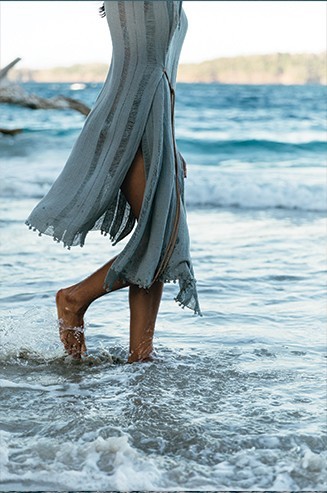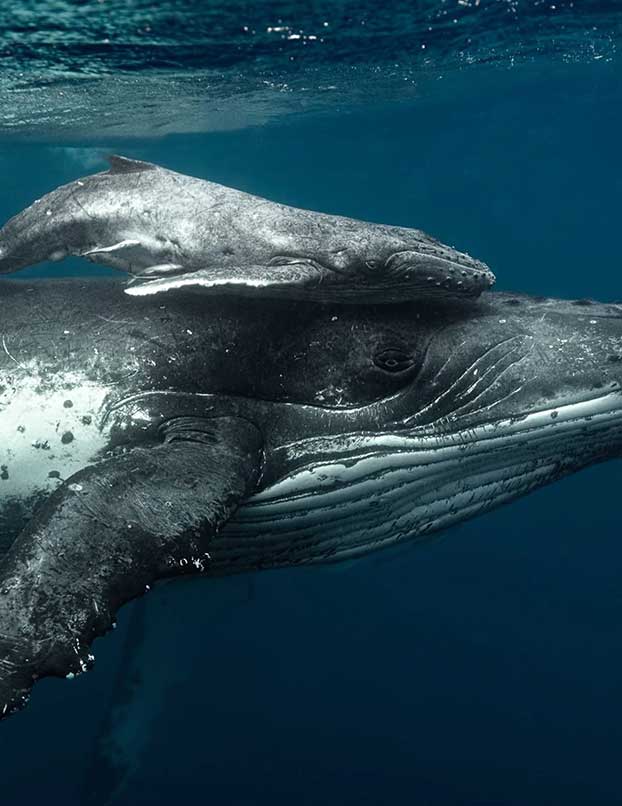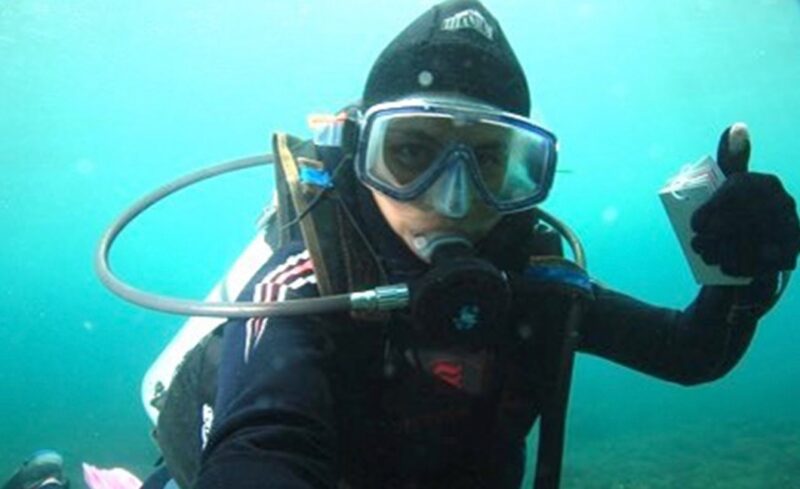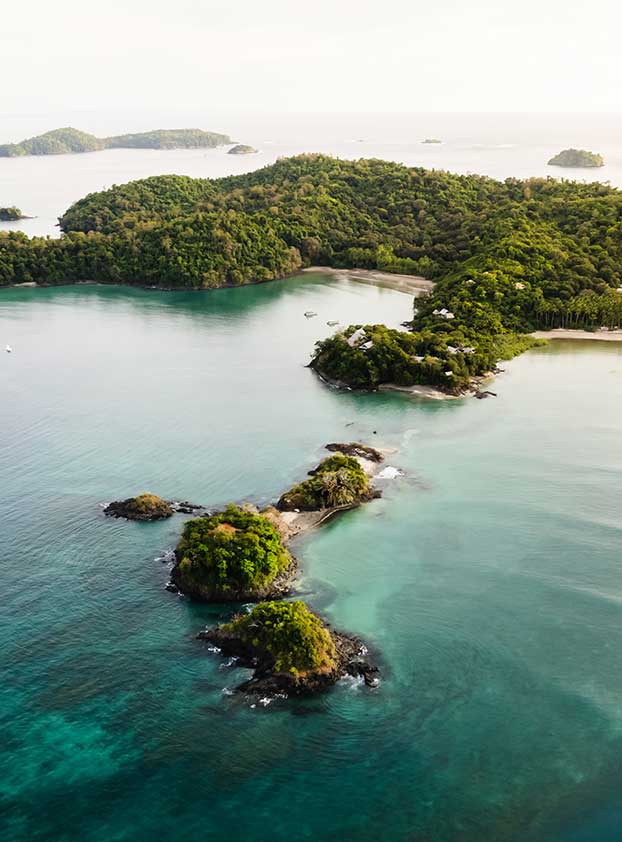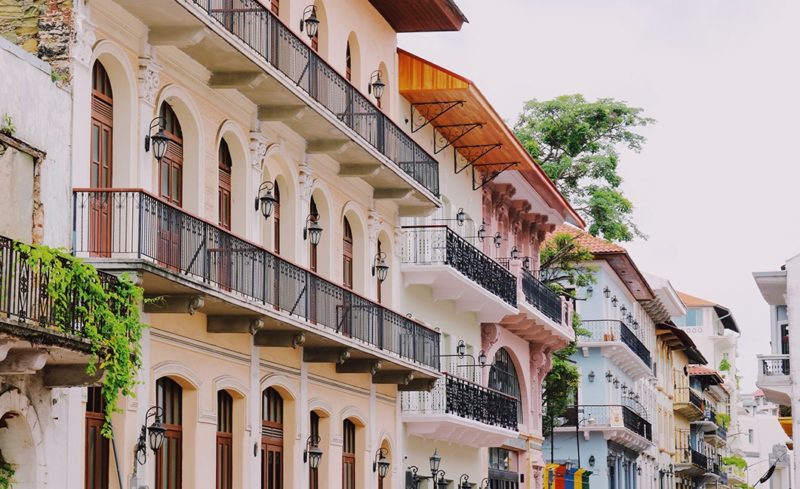Q&A with Our Conservation Manager, Beny Wilson
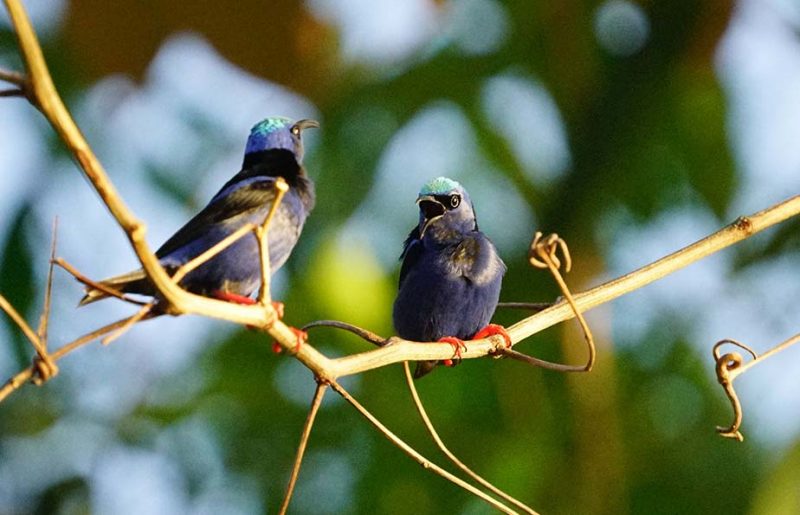
“As one of the leading birding experts and nature tour guides in Central America, it is an honor to now call Islas Secas my home.“
Musings from Islas Secas' warm and enigmatic conservation manager
W hether you were wandering along a forested trail, paddling with a group through the bluest of waters, or sharing an evening cocktail in Bilboa bar… you’ll remember each interaction with Beny. His enthusiasm for nature is infectious; his knowledge of the natural world, renown. If you’ve swapped stories with him – you’ll hear his voice and feel his smile in the Q&A below. If you have yet to visit Secas – a brilliant, warm friend is waiting to meet you.
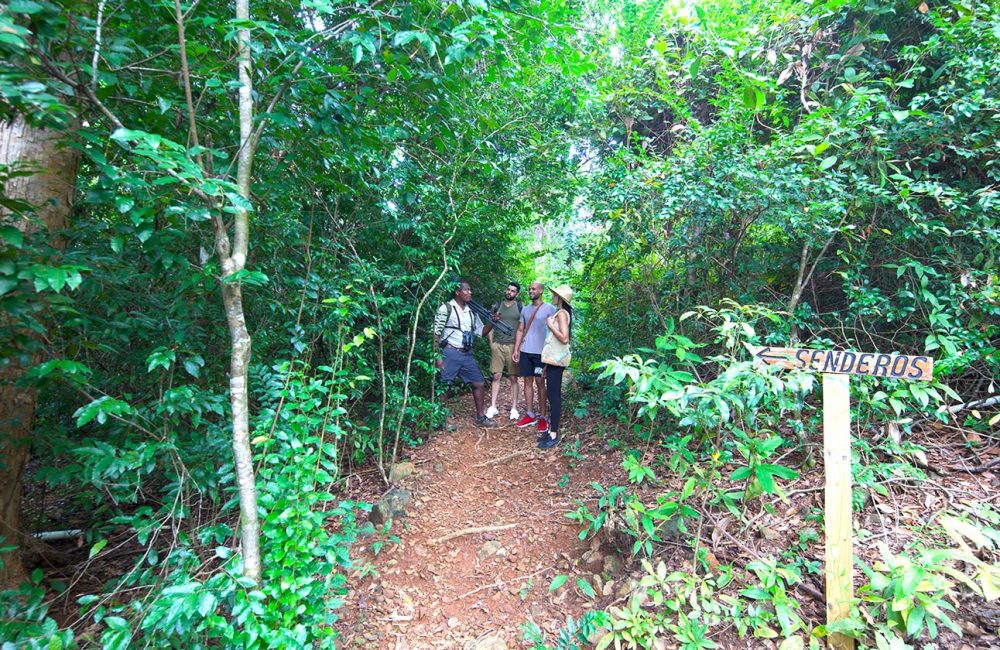
Q: When is the best time of year to see whales at Islas Secas?
A: There are whales year-round around Islas Secas, but the Humpback whales breaching or moving together with their calves are easier to spot from Mid-June to Mid-November.
Q: What is the best sighting you’ve ever had during your time at Islas Secas?
A: A brown-headed Cowbird! While chatting with a guest I saw a Cowbird. I recognized immediately it was a new species to the island but didn’t pay much attention at the time; the mainland is full of Shinning Cowbirds and it was just a matter of time until they arrived. But back in my room, I received a photo of the cowbird from Julio Diaz, our chief landscaper. I had a birding epiphany: this was not a Shining Cowbird! I ran with my camera and confirmed that it was a Brown-headed Cowbird, far, far away from its usual range. It’s a species new to Islas Secas and to Panama as a country!
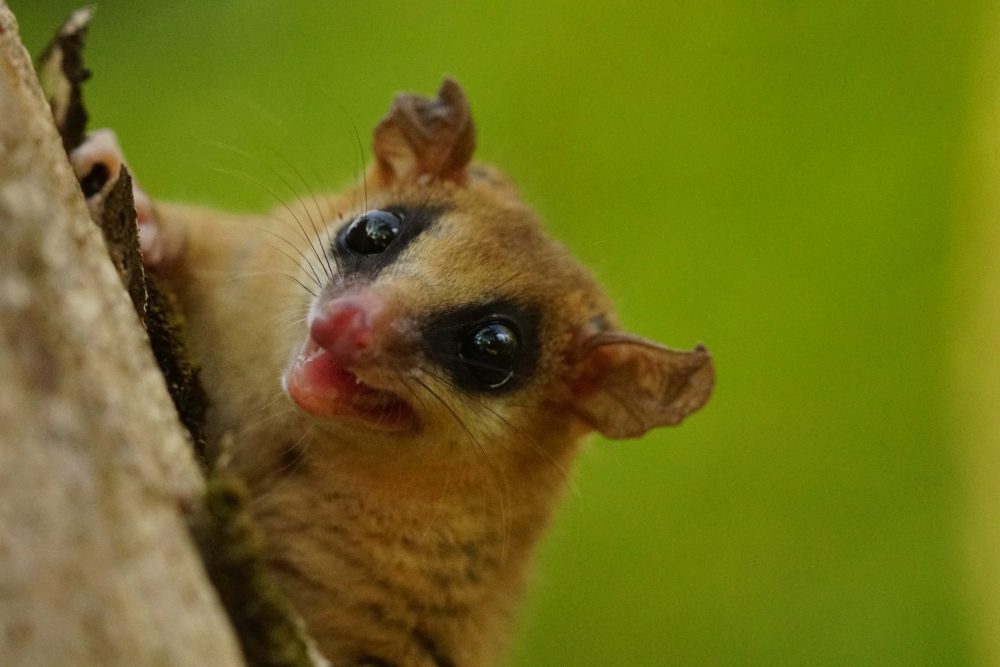
Q: What furry land animals can you spot at Islas Secas?
A: The Zeledon’s Mouse-Opossum! They are adorable, fast, and very voracious for the insects you don’t want in your room. Being so far from the mainland prevents the arrival of mammals, so the Mouse-Opossum and the Great Fishing Bat are the largest fury animals you fill find here at Secas.
Q: Can you hear wildlife when you’re sleeping at Islas Secas?
A: If crickets, Halloween crabs, grasshoppers, and other invertebrates are considered “wildlife,” then the answer is YES. But the nights are lovely and quiet.
Q: Where did your interest in conservation and sustainability come from?
A: Ever since I was a child growing in Bocas del Toro, I has great empathy for animals and small living creatures. My parents always provided me with books – that’s how I got to learn about the rest of the world and about nature specifically – and that triggered my love for the natural world to the point that I attended Biology School in Colon City. The sustainability part started when I began managing a small hotel in Bocas del Toro. The operation was complicated; we needed to clean it up from the inside and make it more environmentally friendly and cost-efficient. That led me to study the greater cost and implications of doing individual action – like our own laundry! That was the moment!
Q: Have you seen a change in the environment over the last couple of years?
A: I visited Secas for the first time in late 2016. Five years doesn’t sound like enough time to see big major changes, but I when I came back in 2020, I noticed some of the views in some of the lookouts on the trails were now covered. There are fewer gaps in the forest, and we had found more and more species of migratory birds. We’ve done a lot of work over the years here to remove invasive species and encourage native plants to grow, attractive wildlife and boosting our biodiversity.
Q: What is your role day-to-day at Islas Secas?
A: One of the main roles I have is to educate our staff (100+ people) about the “why” and the “how” we are preserving the archipelago, and how their daily life decisions impact the island biodiversity. Another interesting role is to keep track of all the metrics related to sustainability: energy, waste, water usage, and conservation efforts. The most visible role I do is to communicate to our guests all the measurements and actions that we had taken to warrant a guilt-free vacation.
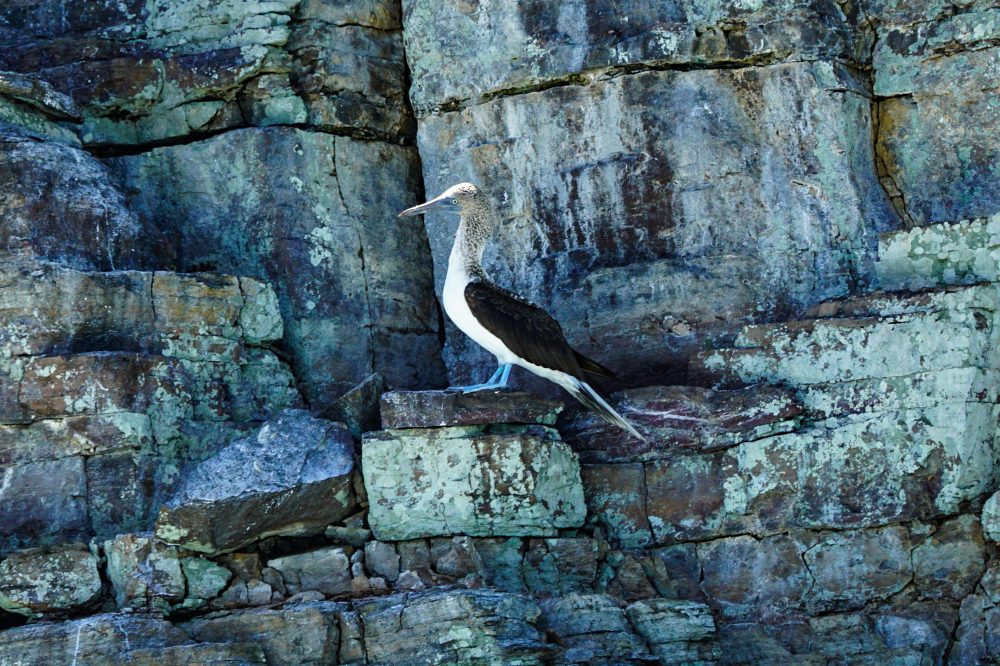
Q: When is the best period for birdwatching at Islas Secas?
A: When it comes to birding, the migration seasons are the best: March-May and September-November. When it comes to pelagic or deep-sea birds, July to August.
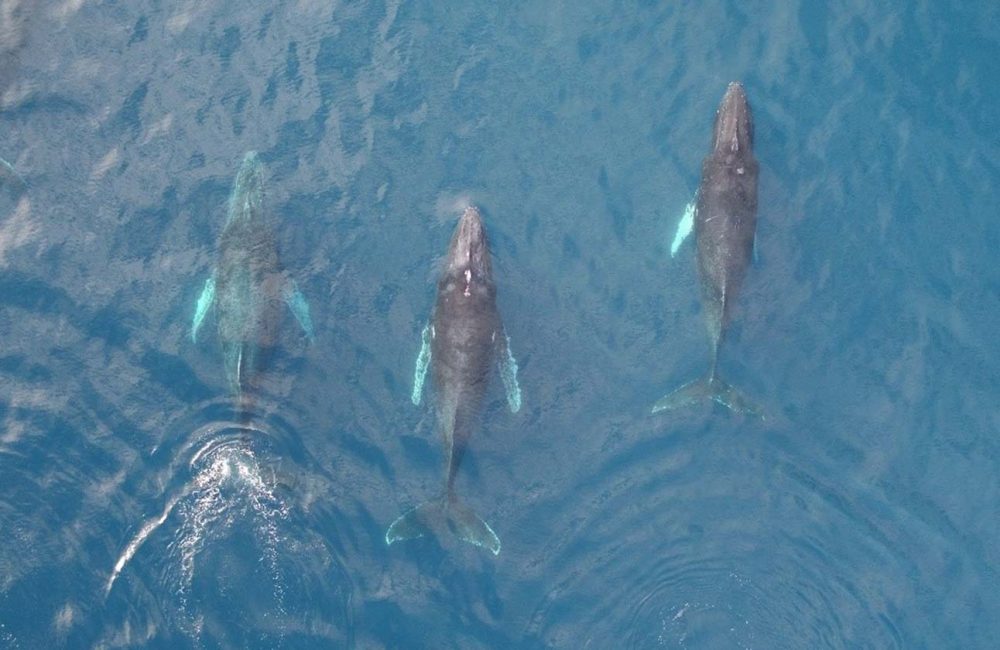
Q: What marine life can you see at Islas Secas?
A: From sea turtles to whales… from barracuda schools to Parrots fishes … Mobula rays, dolphins, marlins, tuna schools, damselfishes, starfishes, sea urchins… The list is long since Islas Secas is right at the heart of Golfo de Chiriqui, the richest and most diverse area of the Eastern Tropical Pacific.
Q: How is Islas Secas sustainable?
A: We produce 100% of our electricity with 1554 solar panels. All water for gardening is recycled water. No plastic bottles are used when possible. All waste is separated and pack to be recycled. Only 19% of the total waste ends up in the Municipal Landfill.
